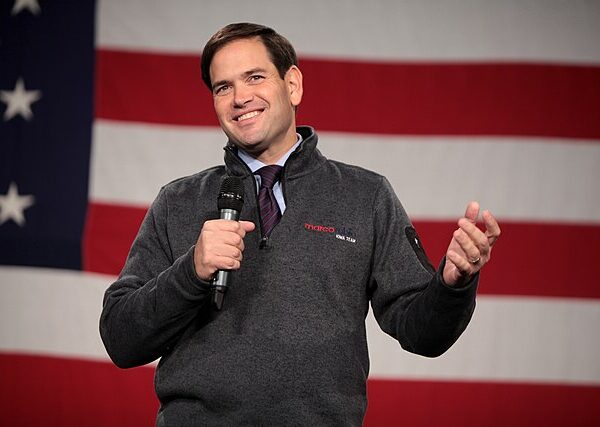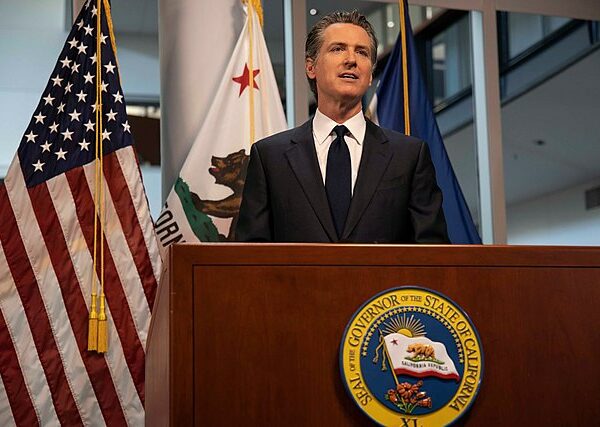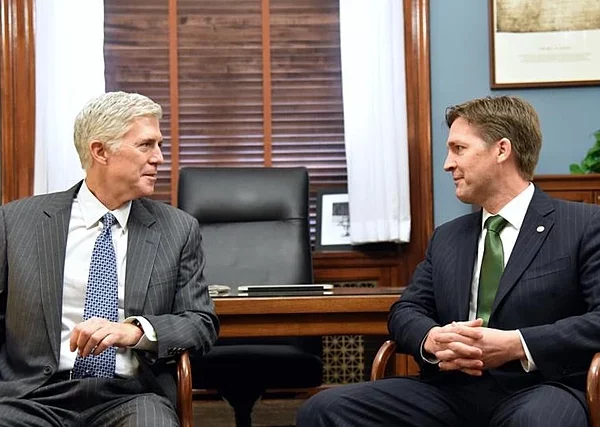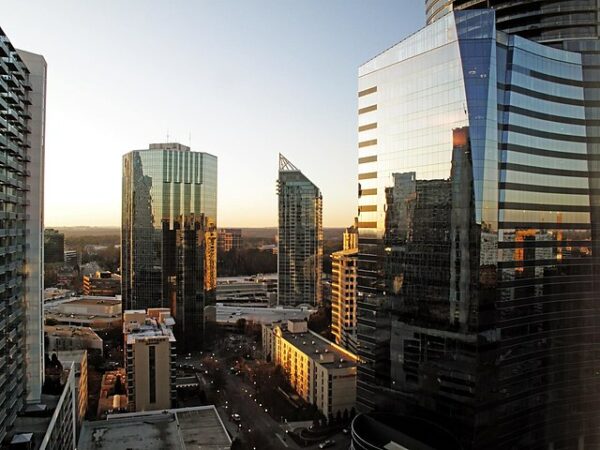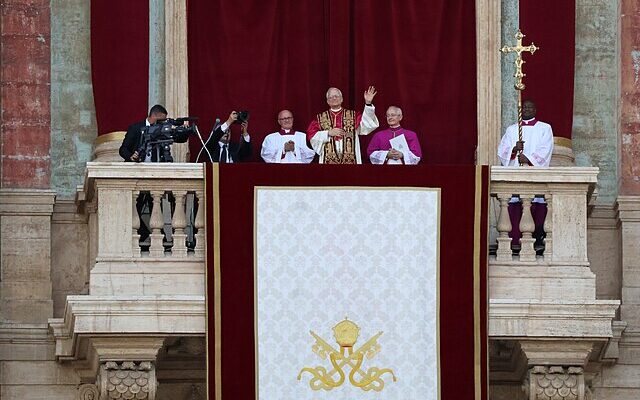
In a move steeped in symbolism and reverence for tradition, newly elected Pope Leo XIV has announced he will reside in the Apostolic Palace, restoring a centuries-old custom that had been set aside in recent years. The decision, first reported by Spain’s El Mundo, was made public just hours after the election of the American-born pontiff—formerly Cardinal Robert F. Prevost—who now stands as the 267th successor to St. Peter and spiritual shepherd to more than 1.4 billion Catholics worldwide.
The Apostolic Palace, a commanding architectural and spiritual presence inside Vatican City, has served as the papal residence since 1870, when Pope Pius IX moved the seat of the pontiff there. Its storied halls and frescoed chambers—home to the pope’s private quarters, offices, and ceremonial rooms—have borne witness to the Church’s most solemn events and diplomatic milestones. Overlooking the colonnaded expanse of St. Peter’s Square, the palace is not merely a residence but an enduring symbol of the institutional strength and sacred responsibility of the papacy.
Pope Leo intends to live in the Apostolic Palace per Spanish media https://t.co/SkFd0sZ37H pic.twitter.com/MH4uDhDD0q
— Al Carbo (@carbo_al) May 9, 2025
In choosing this residence, Pope Leo XIV departs from the precedent set by his predecessor, Pope Francis, who passed away on April 21, explained The Daily Caller. Pope Francis, elected in 2013, declined to occupy the Apostolic Palace and instead lived in the Casa Santa Marta guesthouse, citing a desire for proximity to others and a more modest lifestyle. His decision was widely praised by admirers of his emphasis on simplicity, yet it also raised quiet concerns among traditionalists who feared the erosion of the visible dignity of the office.
Indeed, Pope Francis once described the Apostolic Palace as “not luxurious,” but “spacious and tastefully decorated.” He expressed discomfort with its ceremonial distance and formal layout. While such humility resonated with many, some within the Church saw his relocation as a departure from the gravitas and sacred symbolism that the papal apartments embodied for generations.
Now, Pope Leo XIV’s return to the Apostolic Palace suggests not ostentation, but fidelity—to the role, to the history, and to the visible unity of the Church. The move reaffirms the idea that tradition serves not as a relic of the past, but as a framework for clarity, reverence, and institutional continuity. The palace’s proximity to St. Peter’s Basilica and key Vatican offices allows the pope to more effectively execute the spiritual and administrative duties of his charge—duties that require not just personal humility, but the full embodiment of the Petrine office.
While the Vatican has yet to issue an official statement on the pope’s decision, its implications are already reverberating through ecclesiastical circles. For many, this early gesture by Pope Leo XIV marks a welcome realignment with the ceremonial and doctrinal coherence that has long defined the Church’s highest office. At a moment when the world is watching the Church’s direction with anticipation—and, in some quarters, with doubt—Pope Leo XIV’s embrace of tradition signals confidence in the enduring wisdom of the church’s history.
[Read More: Dem Judge Arrested For Ballot Harvesting]

